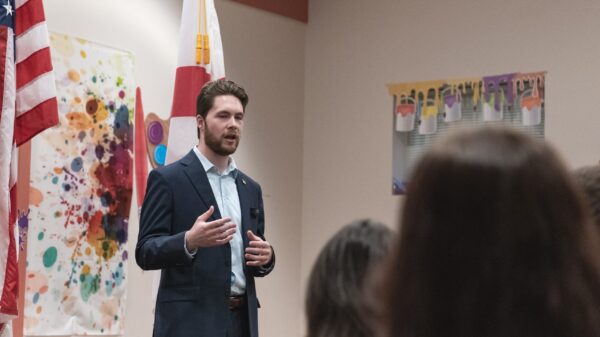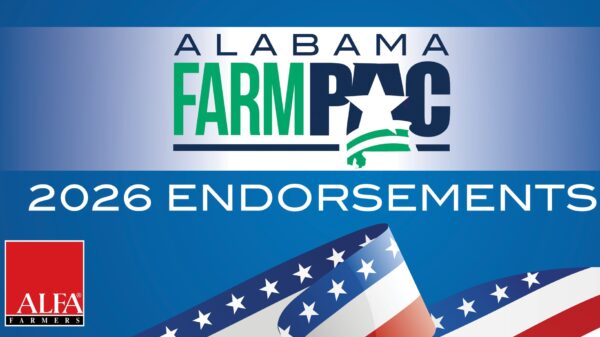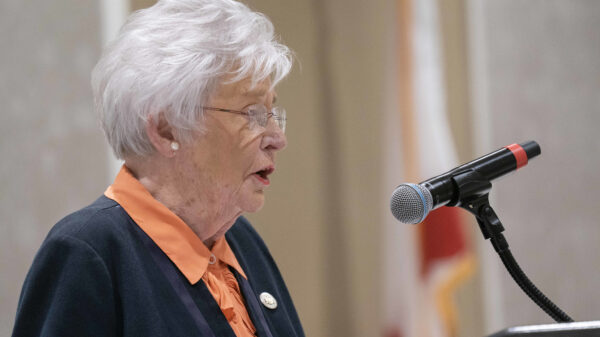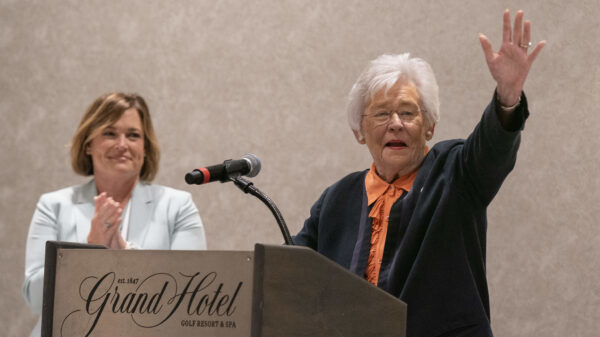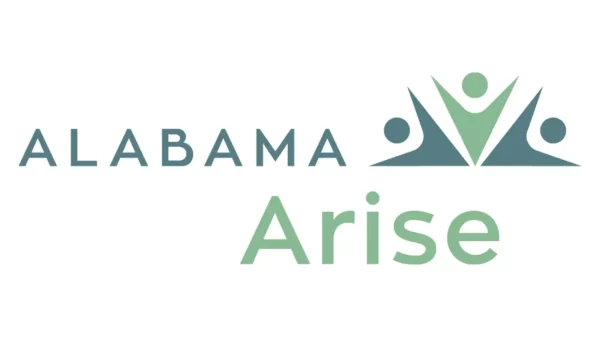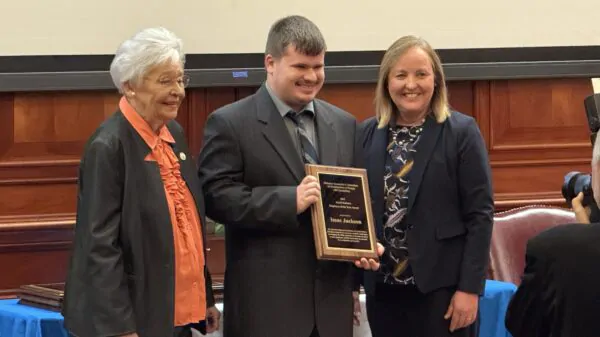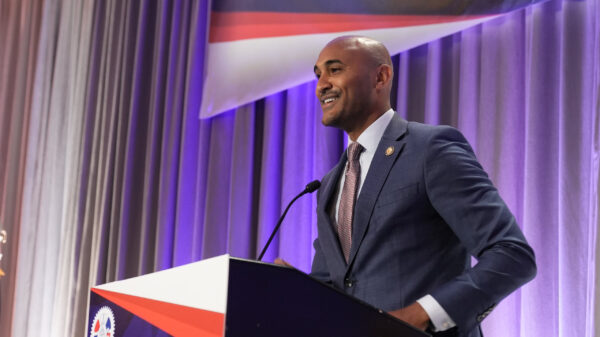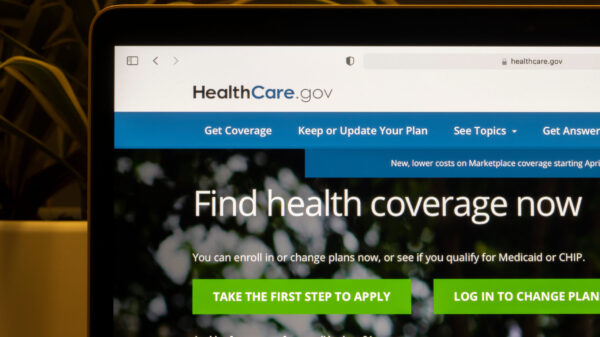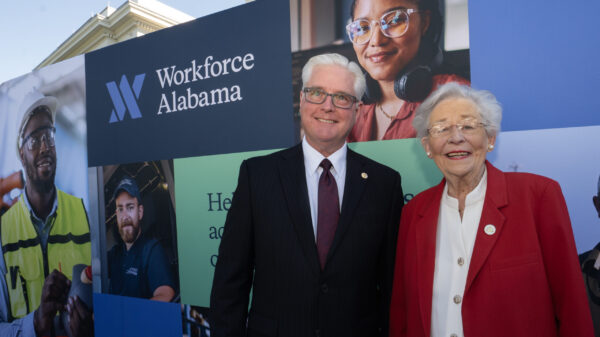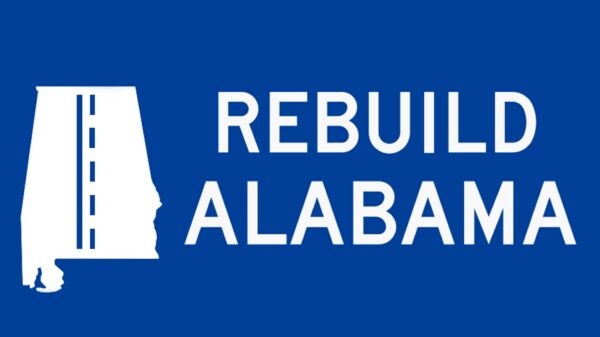A new report warns that Alabama will be unable to meet its goal of adding 500,000 newly credentialed workers by the end of 2025 unless state leaders commit to historic investments in proven reading, math, and career preparedness initiatives.
The new Business Education Alliance of Alabama report links the state’s workforce preparedness and post-secondary education attainment struggles to the number of students falling behind in reading, math, and college- and career-readiness.
“Despite Alabama’s unemployment nearing historic lows, the state’s labor force participation and post-secondary attainment rates are lagging behind the rest of the country,” said Dr. Joe Morton, BEA president. “Alabama must do more to help students prepare for success after high school graduation. If the state’s labor participation rates were on par with the national average, not only would more Alabamians be working, but wages would be increasing, poverty would be going down, and businesses currently struggling to find help would be more likely to have the support needed to thrive. But, to meet this target, Alabama must work harder and smarter than our neighboring states.”
The report outlines eight strategies for state policy leaders to increase the number of students starting school ready to learn, proficient in reading and math, and graduating from high school prepared for college and career. The BEA roadmap encourages state leaders to:
- Achieve universal access to Pre-K by 2026, while maintaining highest in the nation quality standards.
- Ensure all children are reading on grade level by the end of the third grade by Spring 2023. Return Alabama to the national average in reading on NAEP by 2026.
- In 2022, develop and launch a research-based strategic initiative to bring math achievement to the national average on NAEP by 2026. Provide the resources to pay for the teacher education and support needed to implement.
- Eliminate the gap between high school graduation and college and career readiness. Every student should graduate with a valuable career-building credential or with demonstrated readiness for college success.
- Restore the college-going rate for high school graduates to 65 percent.
- Raise Alabama’s labor force participation rate to the national average by 2025. Working in partnership with business and industry, use community colleges, workforce investment programs, and nonprofit support services to target special populations currently underrepresented in the workforce.
- Complete the construction of a longitudinal data system that will allow education and workforce metrics to be tracked and the results analyzed. Data is fundamental to identifying successful or ineffective strategies, understanding outcomes, and weighing cost and benefit.
- Revise and accelerate the state’s Broadband Alabama Strategy to provide Alabamians access to high-speed internet on par with the national average. With an infusion of federal funds available, identify the barriers to bringing access and service to underserved communities, and invest in solutions.
“The abundance of new and one-time funds available to Alabama’s education and workforce development programs this year provides an incredible opportunity to raise educational attainment and workforce participation rates through wise and intentional investments,” said Jay Love, BEA finance chairman. “The BEA report outlines a proven set of strategies our schools and communities can invest in to build the infrastructure and programs needed to help more students succeed.”
“The BEA is right. We cannot expect our students to be prepared for success after school if they are not proficient in reading and math or graduating without meeting any career readiness benchmarks,” said Gov. Kay Ivey. “Alabama’s economy depends on supporting a highly-skilled and innovative workforce prepared for the demands of the modern workplace. No goal is beyond our reach when we work hard and align our efforts towards a common vision. BEA’s report identifies the commonalities between our state’s various efforts including Strong Start, Strong Finish, Success Plus, and Alabama Achieves, and helps all of the entities involved refocus our resources on what matters most.”
The Public Affairs Research Council conducted research and reporting for this report. The A+ Education Partnership provided additional research support and consultation.

